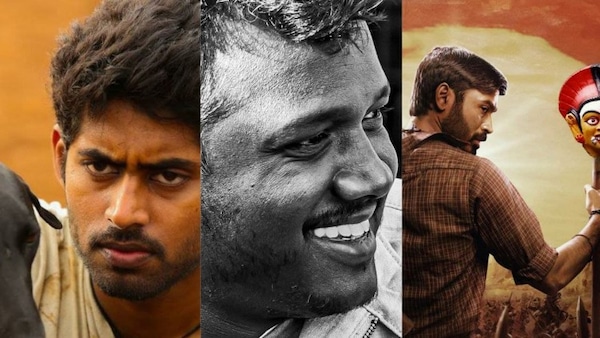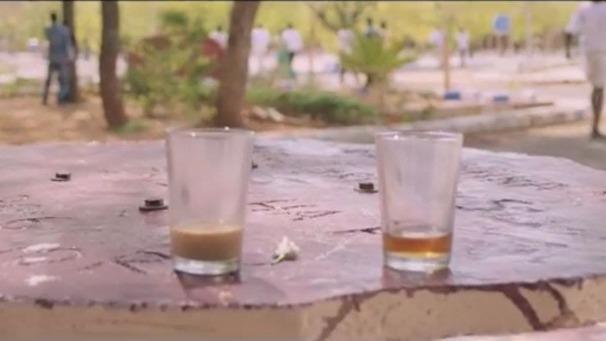Pariyerum Perumal and Karnan: The portrayal of caste discrimination in Maari Selvaraj’s movies
The director has ensured that both Pariyan and Karnan will leave the audience disturbed

Last Updated: 09.22 PM, Aug 10, 2021
While talking about cinema as a medium that reflects and addresses social evils in the society, a director who stands out in terms of the strong portrayal of caste discrimination in his projects is Tamil filmmaker Mari Selvaraj. Both of his movies, Pariyerum Perumal (2018), and Karnan (2021) have left the audience with a heavy-heart, thus questioning the laws of the land and the existence of human beings as an emotional animal.
If a revolution can ever be so genuine as well as intense, one could experience it in Pariyerum Perumal. Without resorting to done-to-death heroism in which the protagonist is depicted in a larger-than-life role taking on the baddies, the movie brilliantly showcased the horrible caste hierarchy that exists here. The plot revolves around a naive youngster, Pariyan (played by Kathir), and how his caste affects his academic and personal life.
On the other hand, Dhanush-starrer Karnan, which released earlier this year, portrayed how systematic caste-based cruelty could bring down an entire village and the inhabitants there. Though the movie ends on an optimistic note with the villagers fighting for their rights, it still leaves us disturbed, thinking of some of the horrifying episodes they go through.
Both the movies succeeded in portraying the horrendous condition the oppressed are put into without any exaggeration. In Pariyerum Perumal, Pariyan gets humiliated in his law college, while in Karnan, a young girl gets humiliated even before stepping into the college. Pariyan gets beaten up for loving a girl from a different caste, while Karnan’s villagers are tortured for having a name that doesn't suit their caste. When Pariyan realises the prejudices around him while being abused in a marriage hall, Karnan and his villagers fight against the law which asks them to carry the load of their so-called ‘low caste’.

Interestingly, both the movies have strongly communicated a lot of things through the use of subtle symbols in them. By choosing the name of Mahabarata’s epic character Karnan to narrate an anti-caste story, Selvaraj underlines that a man doesn’t need to be Kshatriya, in order to be a warrior or to gain legitimacy, or to be praised by his own people. The other character names in Karnan are also strongly related to the theme; Selvaraj has chosen names of upper class deities such as Draupadi, Dhuryodhana and Yama for the oppressors.
In total contrast to this, Pariyerum Perumal treats the same in a subtle manner. Nothing more needs to be told or explained when the movie ends by focusing on what is in the two tumblers left by two of its main characters - one has black coffee while the other has milk. What more depressing is, the filmmaker has uninhibitedly said that the discrimination existing in our society will continue to exist.

When Mari Selvaraj makes both his movies in a country which still follows the varna system incognito, it leaves a question off-screen: How does a title make one eligible to enjoy certain privileges while another group in the same spectrum has to fight fiercely for their basic human rights? Who makes a certain group the oppressor and the other the oppressed? The director has ensured that these questions will be left in the minds of the audience when they leave the theatres.

